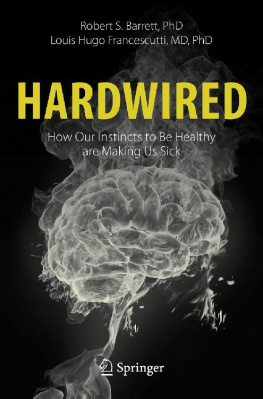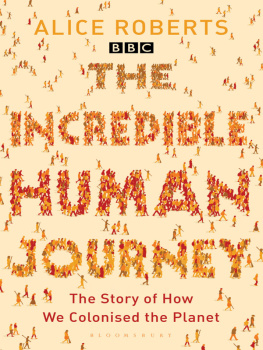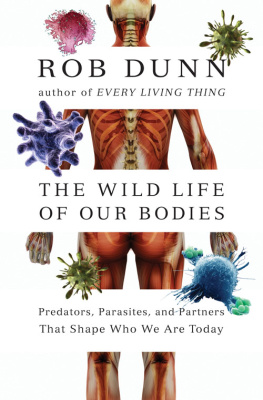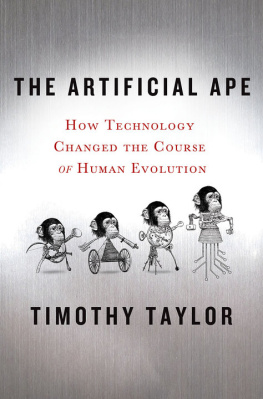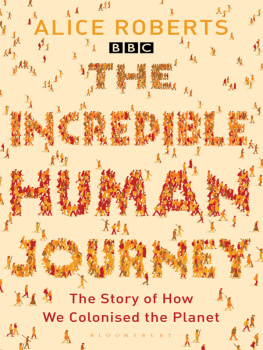Chapter 2
Mobilise your metabolism
To keep the body in good health is a duty otherwise we shall not be able to keep our mind strong and clear.
Buddha
If ever there was a magic pill, its got to be exercise. For a lot of people, its not fun; it can even be a chore. However, as well see in this chapter, science proves that incorporating more exercise (and movement in general) into your daily life can mobilise your metabolism and pay huge dividends for your physical and mental health. In this chapter, I also show you ways to make it easier to become more physically active.
In the previous chapter, I discussed hormesis exposure to stressors, which at high levels can kill you but at low to moderate levels induce stress resistance. The single most important hermetic stressor that humans benefit from is physical activity or exercise. (Ill use these terms interchangeably for now but then dig a little deeper into the detail later.)
In my role as a corporate speaker, I have spoken to tens of thousands of people over the years about exercise. When I do basic polls of the audience, some people say that they are into exercise and some even love it, but many say that they dont enjoy it and lots do barely any exercise. Why? Mostly because it makes them uncomfortable.
My response to them is, Its supposed to be uncomfortable that is precisely why it is good for you! Physical activity is fundamental to our biology, and without high levels of it, we betray our genome. When we are physically active, we live in accordance with our genome, and we see the positive results through improvements in physical and mental health.
Youre probably familiar with the idea that regular exercise can help to prevent or treat chronic diseases, such as heart disease and type 2 diabetes. You may have even heard that exercise may be helpful in the prevention and treatment of cancer. However, that is only the tip of the iceberg. There is now compelling evidence that exercise should be prescribed as treatment for 26 different chronic diseases and conditions, namely those shown in table .
Table 2.1: Chronic diseases and conditions that exercise should be prescribed to treat
| Disease area | Health conditions |
| Psychiatric diseases | Depression, anxiety, stress, schizophrenia |
| Neurological diseases | Dementia (including Alzheimers disease and Parkinsons disease), multiple sclerosis |
| Metabolic diseases | Obesity, hyperlipidemia, metabolic syndrome, polycystic ovarian syndrome, type 2 diabetes, type 1 diabetes |
| Cardiovascular diseases | Cerebral apoplexy, hypertension, coronary artery/heart disease, heart failure, intermittent claudication |
| Pulmonary diseases | Chronic obstructive pulmonary disease, bronchial asthma, cystic fibrosis |
| Musculoskeletal disorders | Osteoarthritis, osteoporosis, back pain, rheumatoid arthritis |
| Cancers | Colon cancer, breast cancer, endometrial cancer, prostate cancer |
As well as being an effective treatment for those diseases mentioned, exercise has been shown in separate research studies to help prevent many of them. If a pill could do all of this, it would surely be a magic pill. Its also critical, because some of these diseases such as heart disease, stroke, type 2 diabetes and chronic obstructive pulmonary disease are known as lifestyle diseases. In the last 50 years, many of these diseases have become more prevalent, especially in advanced economies and, more lately, in countries where wealth is increasing, such as India and China.
The power of exercise to prevent or overcome depression
The last couple of decades have also seen rapid increases in psychiatric problems such as depression, anxiety and attention deficit hyperactivity disorder (ADHD), and the global COVID-19 pandemic has made things much worse. I believe that, even without the impact of COVID-19, deteriorating levels of physical activity have made a huge contribution to the increase in these conditions and, as such, the increase in these problems can largely be attributed to lifestyle factors. (In later chapters, I discuss how nutrition is also contributing to these conditions.)
Youre probably familiar with the idea that exercise enhances your mood and your overall wellbeing. If I were to ask you why that is, like most people you may suggest that exercise releases endorphins and youd be correct, but its not the whole story. Exercise also releases endocannabinoids. Both endorphins and endocannabinoids are important mood-enhancing chemicals.
Exercise also increases production of a bunch of neurotransmitters. This is really important, because neurotransmitters are responsible for communication between neurons. Without them, your brain doesnt work; and if levels are out of whack, it can contribute to a range of issues, including depression, ADHD, anxiety, obsessive-compulsive disorder and schizophrenia. Some of the neurotransmitters that exercise positively affects are monoamines there are three of them, and they affect the following areas:
Mood and sleep: Serotonin, which most people have heard of, is really important for not just your mood but also your sleep and, as you will find out later in this book, sleep and mood are intimately connected.
Motivation: Dopamine is important for movement but also anticipation, goal-directed behaviour and motivation. (I talk about the importance of that dopamine-driven motivation later in the book.)
Managing stress: Noradrenaline (also called norepinephrine) is another important mood-enhancing chemical, and also helps us deal better with stress.
There are two major classes of antidepressant drugs: SSRIs (selective serotonin reuptake inhibitors) and SNRIs (selective noradrenaline reuptake inhibitors). Essentially, these drugs make the serotonin and noradrenaline that youve already produced more effective, which can help mood in some people, mostly in the short term.
However, these pills are not the magic pills. Exercise is actually the magic pill, because (among other things) it increases the production of these neurotransmitters, which is more impactful than what these drugs can achieve.
A 2016 meta-analysis (which combines the results of multiple studies, giving us the strongest form of evidence) published in the Journal of Psychiatric Research concluded that exercise had a large and significant effect on depression, and the researchers suggested that their data strongly support the claim that exercise is an evidence-based treatment for depression.
Exercise is also beneficial for people suffering from anxiety and stress-related disorders. A further meta-analysis published in 2017 in the same journal concluded that exercise is effective in improving anxiety symptoms in people with a current diagnosis of anxiety and/or stress-related disorders.
Not only does exercise have a positive effect on mood, but it also has widespread and cascading positive impacts throughout the brain and central nervous system, and on your endocrine system, which regulates your hormones. Research shows that no matter what type of exercise you choose, it has positive impacts on cognitive, emotional, motivational, executive and motor control areas of the brain. It helps your energy balance, your immune control and your gastrointestinal control. It helps repair cells, and even creates brand spanking new brain cells and connections between brain cells! It also improves the structure and function of areas of the brain associated with willpower and self-control, which can help us to improve our choices around nutrition and lifestyle, thus reducing our risk of a whole host of chronic diseases.
Lets dive deeper into the science.
Next page






